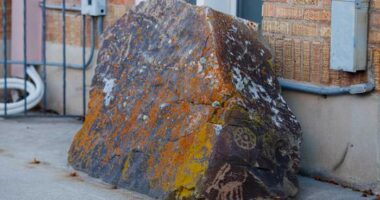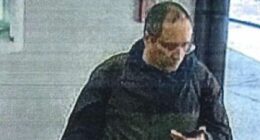Share this @internewscast.com

In Columbia, S.C., legislators received an enlightening briefing from the South Carolina Law Enforcement Division (SLED) on how cutting-edge science is transforming the resolution of violent crimes across the state. These advancements are instrumental in connecting incidents that span county lines and in solving cold cases that have remained unsolved for decades.
SLED officials highlighted how new developments in DNA analysis and firearms technology are revolutionizing the justice system in South Carolina.
The dedicated teams at the state’s Firearms Identification and DNA Database Units are playing a pivotal role in aiding detectives to piece together complex cases.
According to Suzann Cromer, who is part of SLED’s Firearm and Tool Mark Department within the Forensic Services Laboratory, a significant number of suspects involved in these crimes are too young to legally possess firearms.
Experts meticulously analyze microscopic markings found on bullets, which are then entered into a national database. This allows investigators to link shootings and identify weapons that have been used across different cases.
SLED Chief Mark Keel emphasized that this technological advance has been crucial in tackling drive-by shooting investigations, providing invaluable leads and connections.
“If nobody’s there but shell casings are in road… you pick them up and get them to us, because generally that gun has been somewhere else in that county or in an adjoining county. We can’t tell you who used it, but we can tell another agency that entered shell casings that was similar and was fired from the same weapon, and put those agencies together,” said Keel.
Across the hall, DNA experts focus on who committed the crime. Through the state’s DNA database, which connects to the national Combined DNA Index System (CODIS), SLED scientists have helped solve cases many once thought impossible.
That includes a 1980 Beaufort County murder and sexual assault case, solved decades later when a DNA sample from a 2016 arrest produced a match identifying the killer.
“Rapid DNA instruments aren’t as cost-effective as traditional analysis,” said Keel. “But rapid DNA gives you efficiencies in time.”
Last year alone, SLED’s DNA team analyzed more than 14,000 samples, while the firearms unit tested over 1,300 guns — connecting crimes across 54 agencies and three states.
SLED officials said these scientific advances are about more than just evidence, they’re about delivering justice faster and bringing long-awaited answers to victims’ families.












